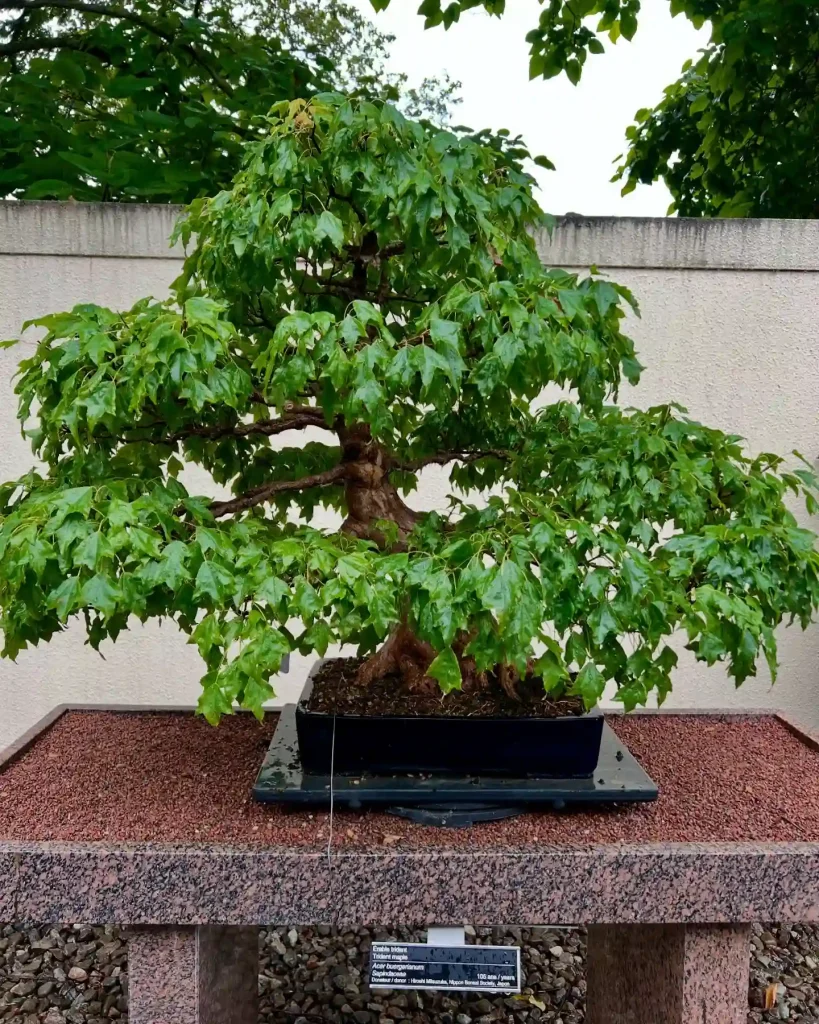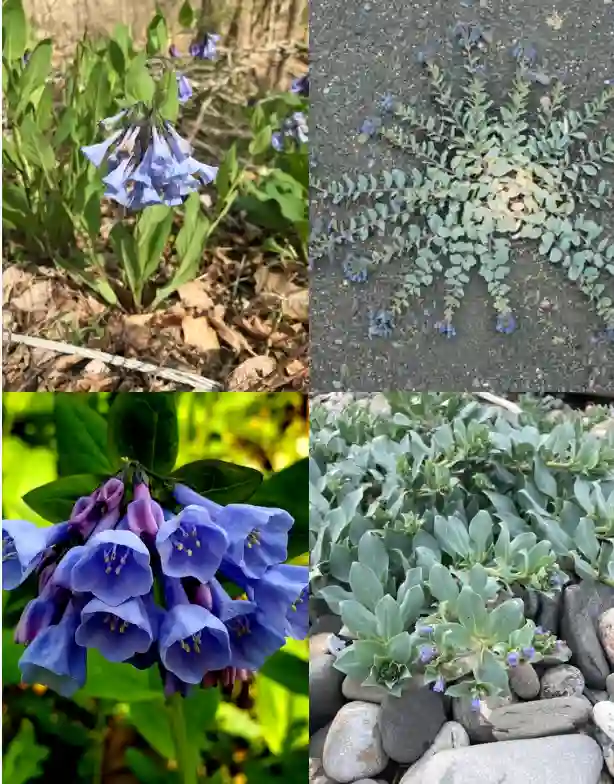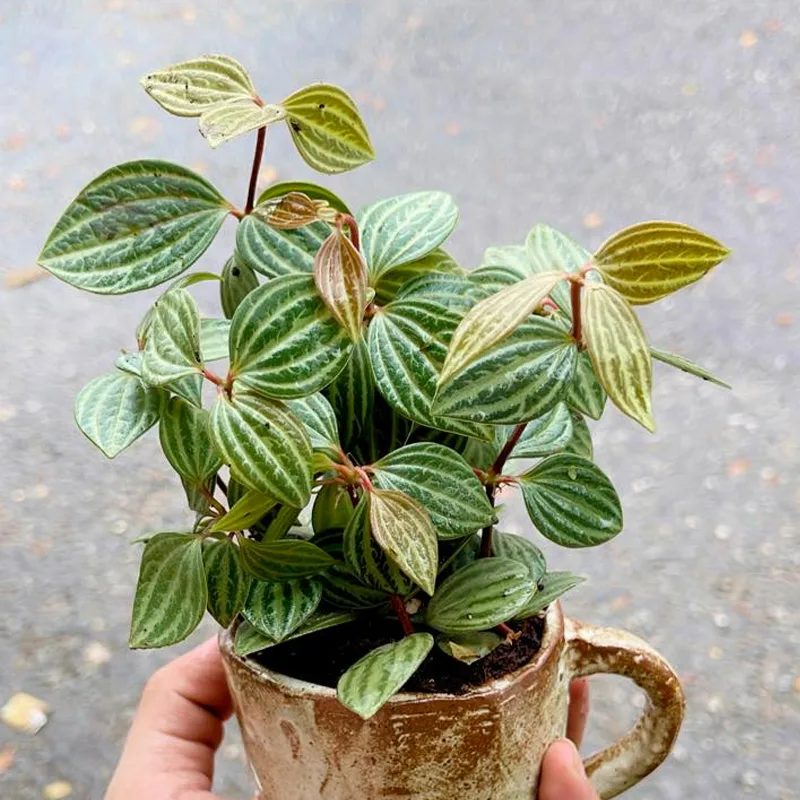
FAQs About Chionoides Rhododendron
As a plant enthusiast, I often get questions about the Chionoides Rhododendron. This stunning evergreen shrub is known for its beautiful blooms and resilience. Here, I’ll cover some frequently asked questions to help you understand how to care for and enjoy this magnificent plant.
1164 Species in Genus Rhododendron
What Is Chionoides Rhododendron?
Chionoides Rhododendron, often referred to as the Snowy Mountain Rhododendron, is a species native to the mountainous regions of China. Its beautiful, bell-shaped flowers range from white to pale pink and are a favorite among gardeners for their early spring blooms. This hardy shrub thrives in cooler climates and can add a splash of color to any landscape.
How Long Does It Take Chionoides Rhododendron to Mature?
Patience is key when growing Chionoides Rhododendron. Typically, it takes about 3 to 5 years for the plant to reach maturity. During this time, you can expect it to grow slowly but steadily. The height can reach up to 4-6 feet, depending on the conditions in which it’s grown. Proper care during its early years will promote healthy growth and ensure that your plant thrives.
How to Care for Chionoides Rhododendron?
Caring for Chionoides Rhododendron involves several key practices:
- Soil Requirements: This plant thrives in well-draining, acidic soil. You can achieve this by mixing peat moss or pine bark into your garden soil.
- Watering: Regular watering is essential, especially during dry spells. Aim for consistent moisture but avoid waterlogging, as this can lead to root rot.
- Light Conditions: Chionoides Rhododendron prefers partial shade to full sun. However, it’s best to protect it from the harsh afternoon sun, especially in warmer climates.
- Fertilization: Use a slow-release, acid-based fertilizer in early spring to promote growth and flowering. Follow the instructions on the package for the best results.
- Pruning: Prune your Chionoides Rhododendron after blooming to shape the plant and encourage bushier growth. Remove any dead or damaged branches to improve air circulation.
How to Propagate Chionoides Rhododendron?
Propagation can be done through cuttings or layering. I’ve found that taking semi-hardwood cuttings in late summer is most effective. Here’s how I do it:
- Select healthy stems from the current year’s growth.
- Cut 4-6 inches of stem and remove the lower leaves.
- Dip the cut end in rooting hormone and plant it in a pot with moist potting mix.
- Keep the pot in a warm, humid environment until roots develop, which usually takes a few weeks.
What to Plant With Chionoides Rhododendron?
Companion planting can enhance your garden’s aesthetics and health. Consider pairing Chionoides Rhododendron with other acid-loving plants such as azaleas, heathers, or ferns. These plants not only complement the rhododendron’s beauty but also thrive in similar soil conditions.
Can You Grow Chionoides Rhododendron Indoors?
While I prefer to grow Chionoides Rhododendron outdoors, it is possible to grow it indoors if you have the right conditions. Ensure you provide adequate light, humidity, and space for growth. A bright, cool room can work well. However, indoor plants may not bloom as profusely as their outdoor counterparts.
Is Chionoides Rhododendron Toxic?
Chionoides Rhododendron contains grayanotoxin, which can be harmful if ingested. While it’s generally not a problem for most gardeners, it’s essential to keep pets and small children away from the plant. If ingested, symptoms can include nausea and vomiting, so it’s better to be cautious.
Benefits of Growing Chionoides Rhododendron
Growing Chionoides Rhododendron offers several benefits:
- Aesthetic Appeal: Its beautiful blooms can brighten any garden.
- Wildlife Friendly: The flowers attract bees and butterflies, making it a great choice for pollinator gardens.
- Evergreen Foliage: The leaves provide year-round interest, even when the plant isn’t in bloom.
Common Problems with Chionoides Rhododendron
Like any plant, Chionoides Rhododendron can face challenges. Common problems include:
- Leaf Spots: These can occur due to fungal infections, often from poor air circulation. Ensure your plant has enough space to breathe.
- Pest Infestations: Watch out for aphids and lace bugs. Using insecticidal soap can help manage these pests effectively.
How Does Chionoides Rhododendron Compare to Other Rhododendrons?
Chionoides Rhododendron is often compared to other species due to its unique traits. For instance, it is smaller and more compact than some larger varieties, making it a good choice for smaller gardens. Additionally, its blooms tend to appear earlier in the season compared to many other rhododendrons.
In conclusion, Chionoides Rhododendron is a stunning and resilient addition to any garden. By following proper care techniques, you can enjoy its beauty for years to come. Whether you’re a novice gardener or a seasoned pro, this plant has much to offer.
If i die, water my plants!



